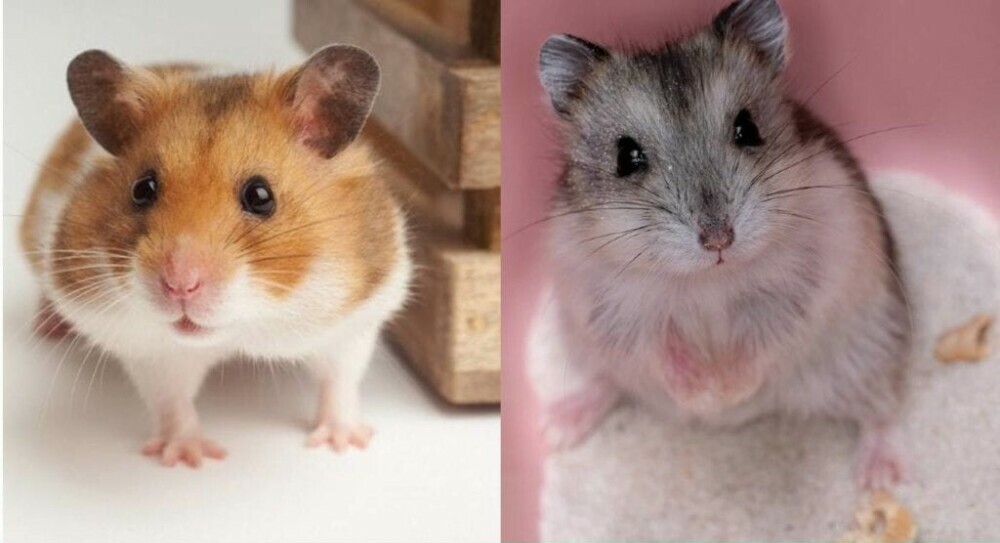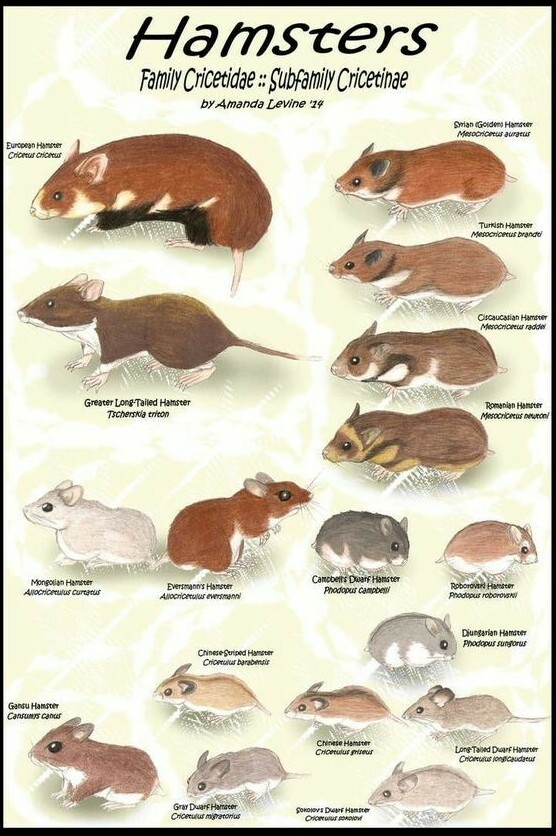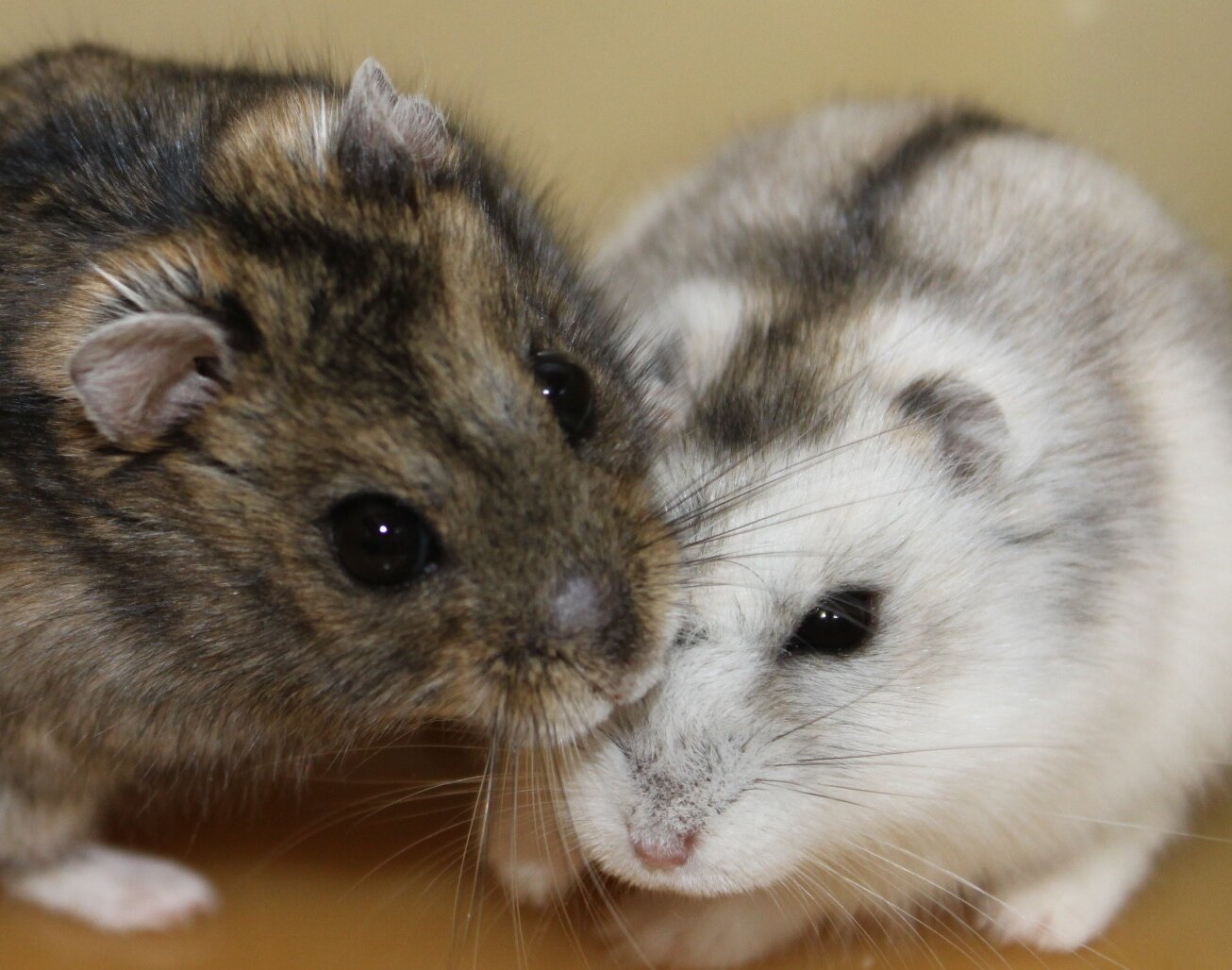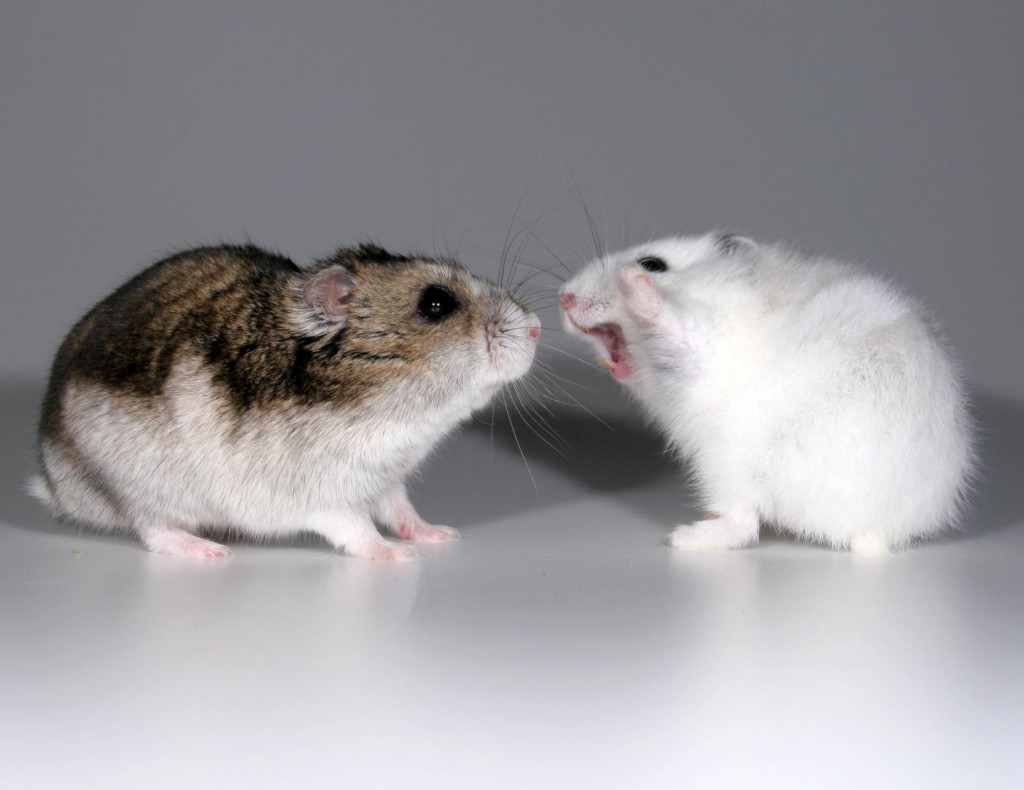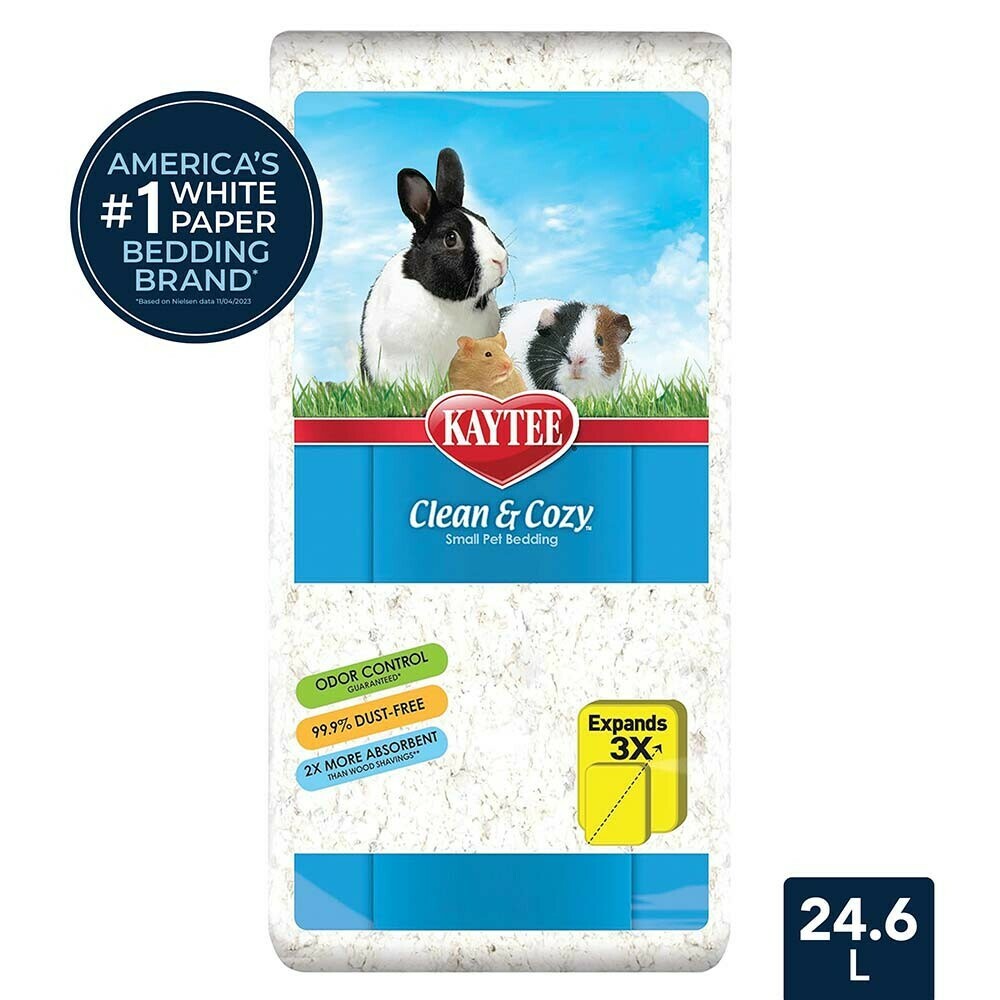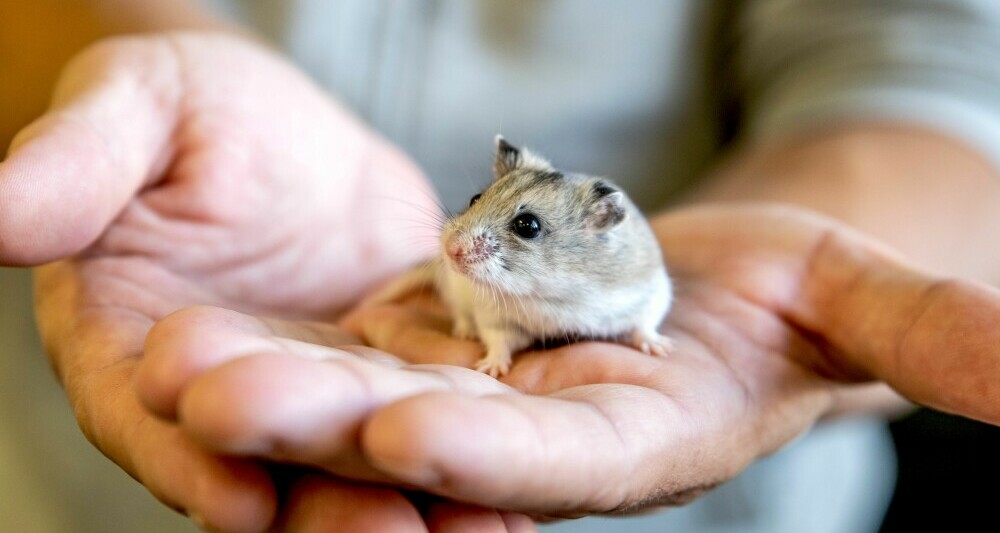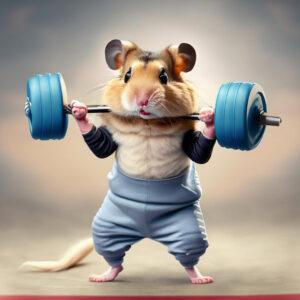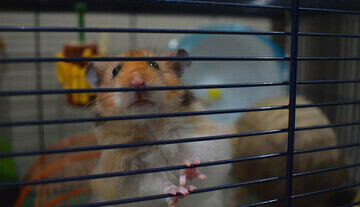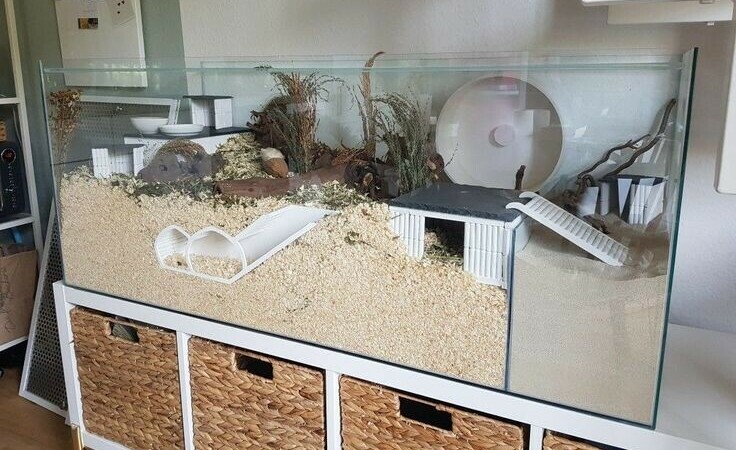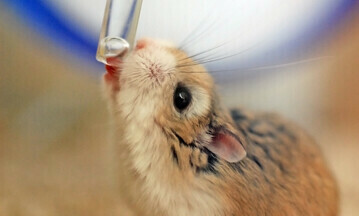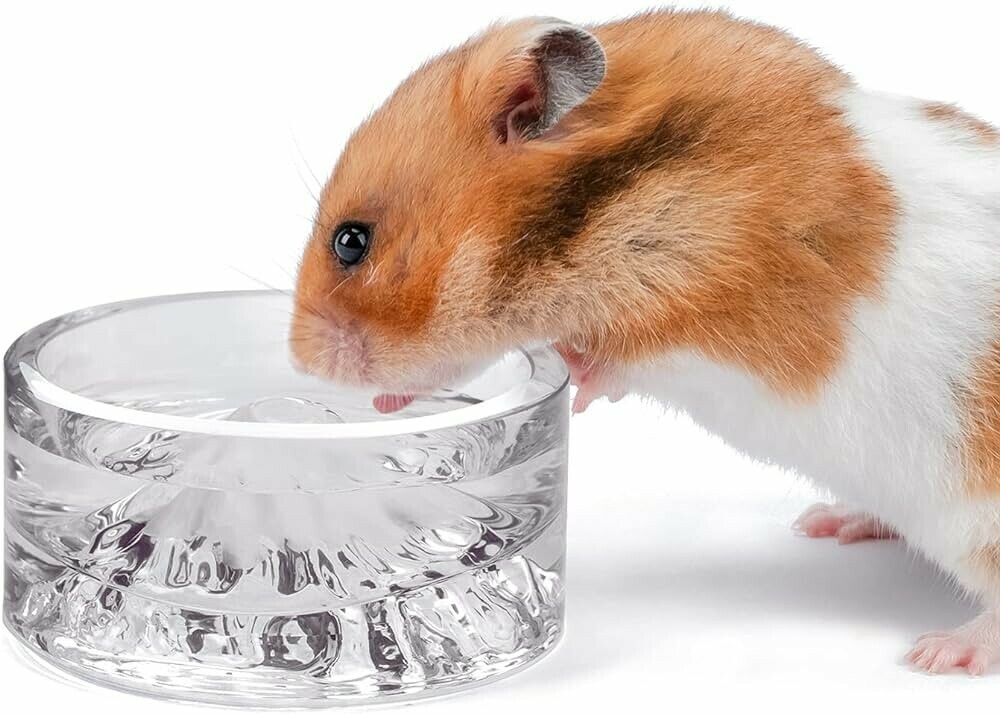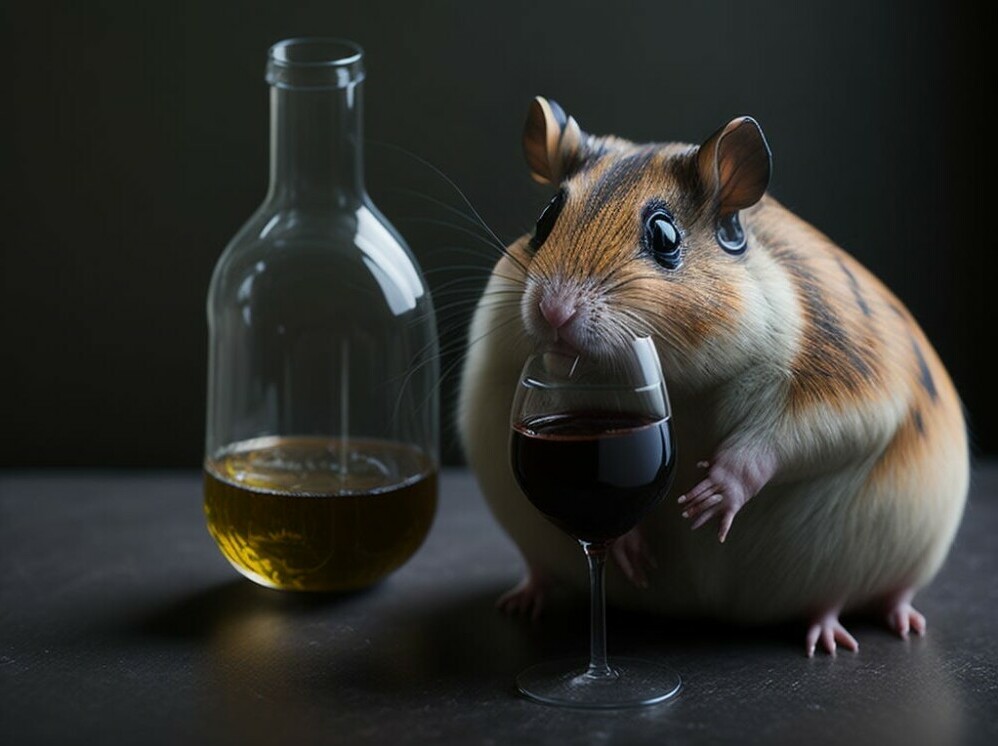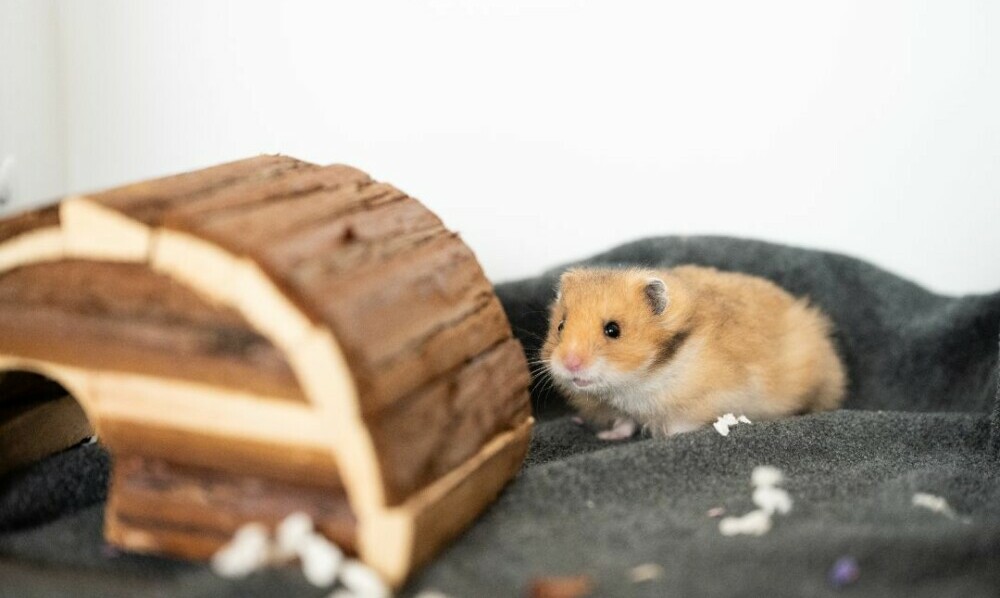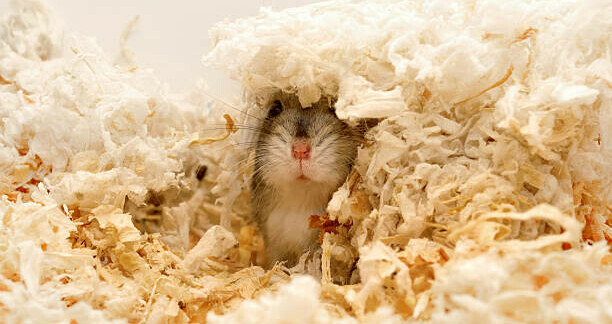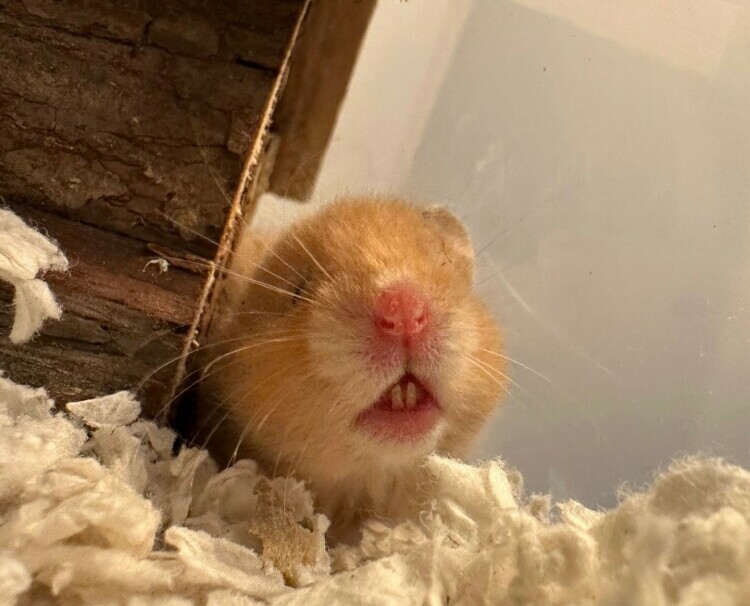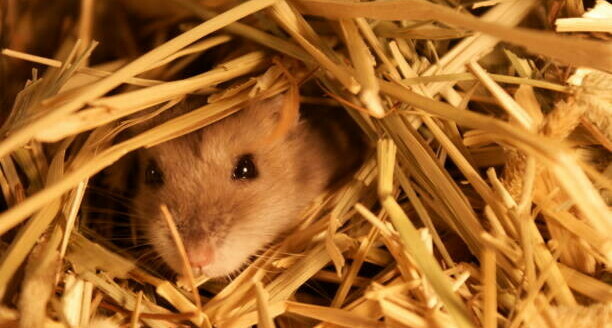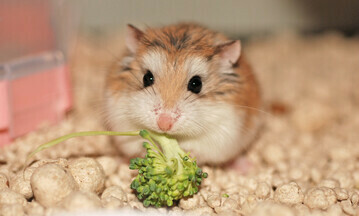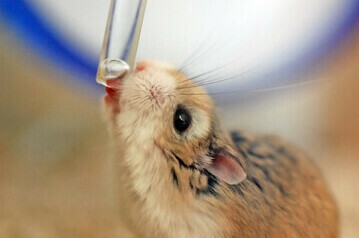Hamsters might be small, but their body language has a lot to tell us about how they feel. I’ve spent a good amount of time watching pet hamsters and learning about hamster non-verbal behavior, which can be both fascinating and a little amusing. This article aims to provide an all-in-one hamster behavior guide that will help you start decoding hamster behavior effectively.
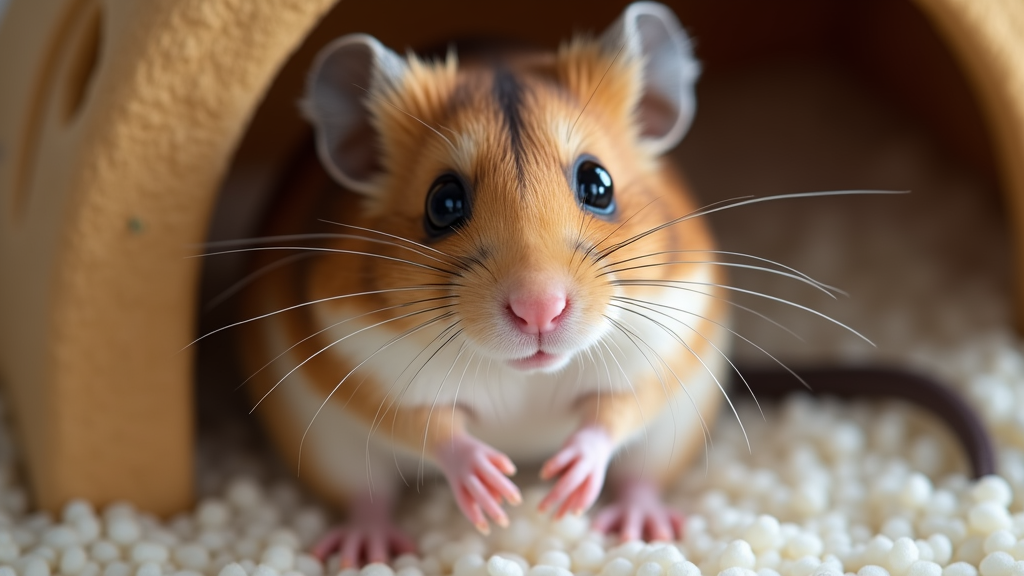
Essential Concepts of Hamster Communication
Understanding hamster signals begins with familiarizing yourself with the basics of hamster body language. Even though they communicate differently than larger pets, hamster communication cues can reveal their emotional state and needs. Hamster body signals like body posture, ear positions, and tail movements offer insight into their moods, whether they are relaxed, curious, or feeling threatened.
Decoding hamster behavior means watching closely and learning the subtle changes in their movements. Many pet hamster owners find that once they start to understand these cues, interactions with their hamsters become more rewarding. Hamster body language is not just about what you see during their active periods. It is also about the times when they seem to be resting or simply observing their environment.
Because these small creatures have such quick responses and sometimes unpredictable behaviors, it’s important to keep a keen eye on the little signs that indicate their hamster emotions. Observing closely over time creates a strong foundation for understanding pet hamsters on a deeper level. In addition, paying attention to these subtle signals helps build trust between you and your pet. Over weeks and months, you may notice patterns that strengthen your routine interactions and make care smoother overall.
It is also worth noting that while all hamsters share basic communication cues, each pet can have its own distinct nuances. Some hamsters might be more expressive with their tail movements or more reserved in their body language. This variability makes spending extra time observing your pet an engaging and rewarding experience. As you get to know your hamster better, you may even start to predict their needs based on these small, non-verbal hints.
Getting Started with Decoding Hamster Behavior
Many first-time pet owners are surprised at how much analytical observation is needed to understand their animal pals. The process of hamster language decoding is all about patience and consistency. Spend time watching your hamster when it’s alone, and note what different postures and movements might signal. I encourage you to try small experiments, like placing a treat in a different spot and noting how your hamster’s posture or interaction cues change. Experimentation not only makes learning fun but also gives you clearer insights into the specific behavioral patterns of your pet.
A few basic points to help decode hamster behavior include:
- Tail Movements: A flicking tail can signal heightened emotions. Pay attention to whether it moves slowly during calm and relaxed moments or quickly during excitement or stress.
- Ears and Whiskers: While a hamster’s ears are small, their positioning reveals a lot. Erect ears might suggest alertness while flattened ears might imply fear or discomfort. Similarly, the movement of whiskers can be a sign of curiosity.
- Body Position: A relaxed, sprawled position means the hamster is comfortable, whereas a tense, hunched posture indicates stress. Understanding hamster body posture is key in determining what your little pet is trying to communicate.
This is a solid starting point for pet owners eager to learn more about hamster emotional signs. Observing these behaviors regularly helps you become attuned to hamster communication cues and ensures that any needed adjustments in their environment are made promptly. Additionally, keeping a calm and familiar space for your hamster can help reinforce positive behavior, making each interaction a learning opportunity for both of you.
To add more depth, consider gradually increasing the duration of your observation sessions. Over time, this not only sharpens your ability to pick up on the more subtle signals but also helps form a routine that benefits the overall well-being of your pet. With each passing day, you’ll discover a few more nuances in their behavior that can deepen your appreciation of these tiny companions. 
Considerations When Interpreting Hamster Interaction Cues
Interpreting pet hamster behavior accurately sometimes requires paying attention to some nuances that might seem trivial at first but are really important. The way hamsters interact with their surroundings or their cage mates (if they have any) can tell you about their general comfort level. There are a few factors that you might want to keep in mind:
- Environment: A cluttered cage can lead to increased stress. A clean, enriched setting often helps hamsters display calm and friendly behavior. Ensuring that your pet hamster has enough space to explore and hide is a priority.
- Time of Day: Hamsters are typically nocturnal. Their activity levels might change depending on the time, meaning that you might see more pronounced signals at night compared to daytime.
- Health and Diet: A well-fed and healthy hamster is likely to behave differently from one that might be undernourished or unwell. Regular check-ups with a vet and ensuring a balanced diet helps in maintaining jovial hamster behavior.
- Socialization: If your hamster interacts with others (in species that allow social behavior), it can provide clues about its overall emotional state and how it communicates with its cage mates. Even if your hamster is solitary by nature, occasional gentle interactions with other pets or even human presence can offer additional insight into their state of mind.
These considerations are part of the broader topic of analyzing hamster body language. While hamsters may not express themselves as clearly as larger animals, careful observation over time lets you pick up on even the faintest signals of distress or contentment. It is also beneficial to make gradual changes in their environment and observe how each variation affects their behavior. This careful adjustment process can lead to a more harmonious living space for your pet.
Managing Overstimulation
One thing that often comes up in hamster behavior is overstimulation. When hamsters are too excited, they might pace in circles or burrow excessively. These behaviors are their way of processing too much sensory input. When this happens, try to limit sudden noises and provide a calm environment to help your pet hamster recover its composure. You might also consider rearranging the layout of the cage, adding soft bedding, or reducing the number of new items introduced at once. By keeping things predictable, you help your pet feel secure and reduce the likelihood of sensory overload.
Additionally, if you notice repeated episodes of overstimulation, it may be helpful to consult with a veterinarian who specializes in small pets. They can offer insights into whether there may be underlying health issues contributing to the behavior, and provide specific recommendations tailored to your hamster’s needs.
Recognizing Signs of Contentment
On the flip side, a relaxed hamster usually rests with its paws loosely spread, its eyes half-closed, and even yawns occasionally. These subtle actions are strong indicators of calm pet hamster behavior. Other signs include a gentle grooming routine or settled feeding habits which point to balanced hamster emotions. It is useful to document these behaviors over time, so you can recognize when your pet is truly feeling at ease.
Being aware of these elements aids in decoding hamster non-verbal behavior better. When you see these signals consistently, you’ll have a clearer picture of what your pet is communicating. Creating a stable routine and maintaining a clean living space can help reinforce these positive signals, making your pet more comfortable and happy in its environment.
Advanced Tips for Understanding Hamster Signals
Once you’re familiar with the basics of hamster body language, you can start exploring more advanced techniques in decoding hamster behavior. This means observing complex patterns and noting how different stimuli affect your pet hamster. Advanced observation skills come with time and a little bit of trial and error. Being methodical in your approach, such as marking changes in behavior after altering aspects of their environment, can offer new insights that might otherwise be missed.
Some tips for improving your ability to interpret hamster communication cues include:
Keep a Behavior Journal: Track daily observations of your hamster. Jot down any unusual body signals or changes in interaction cues. Keeping a log over weeks can reveal patterns, helping in analyzing hamster body language and increasing your understanding of pet hamsters. A detailed journal not only serves as a record for later reflection but also as a guide for making future improvements in care routines.
Establish a Routine: Consistent routines help hamsters feel secure, and changes in these routines might be reflected in their body posture. If your hamster suddenly shows different hamster emotional signs, it could be related to a change in their environment or daily schedule. Over time, a steady routine can act as a benchmark to which you can compare any unexpected behavioral shifts.
Test Reactions: Introduce minor changes, such as a new piece of enrichment material, and observe your pet hamster’s response. These experiments help uncover how hamster emotional signs shift with small surprises. Not only does this process help you map out their behavioral spectrum, but it also allows you to fine-tune their living conditions in a proactive way.
Learn from Experts: There is plenty of literature and online resources on hamster behavior. Engaging in communities of pet hamster owners and experts can be both educational and encouraging. Reading about other experiences also broadens your understanding of hamster interaction cues. Sometimes, insights from seasoned pet owners can prompt you to notice details that you might otherwise overlook. Investing time in this community dialogue can be a great way to stay informed and improve your techniques for observation.
These advanced tips are designed to deepen your understanding of what your hamster may be thinking or feeling. In essence, analyzing hamster body language through detailed observation and journal keeping can truly take up a notch in your connection with your pet. The more time you invest in these small experiments and continuous learning, the more you will begin to pick up on the unique signals that make your hamster uniquely yours. 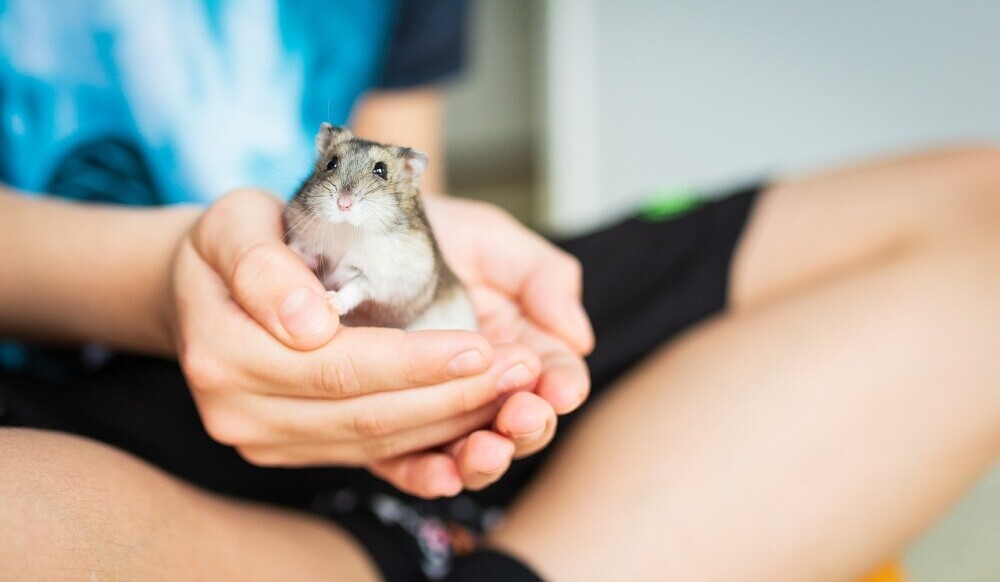
The Basics: What to Observe in Your Pet Hamsters
The fundamentals of understanding hamster signals are all about careful observation. Start by spending quiet time near your pet to see how they act in various scenarios. Familiarize yourself with typical behaviors such as the way they hold their bodies when eating or playing. Recognizing what is normal for your hamster is key to noticing when something is off. With regular observation, you can begin to build a profile of behavior that becomes a reference for days when changes occur.
Some easy ways to get to know your pet hamster include watching for these specific signals:
- Hamster body posture: Sitting or lying down in different positions can indicate relaxation or alertness. A tightly curled body might mean the hamster is frightened or trying to conserve heat. By comparing these postures over time, you can start to understand the baseline behavior of your pet.
- Hamster body signals: Quick, jerky movements might occur when your pet hamster is excited or startled. In contrast, slow, deliberate movements usually mean it feels secure. Observing these movements in different contexts helps you form a clearer picture of its mood throughout the day.
- Observing Play Behavior: When playing with toys or exploring the cage, a curious and alert demeanor suggests that the hamster is enjoying its environment. Notice how it interacts with various objects. This detailed attention can reveal preferences and dislikes, offering you ideas on how to further improve their living space.
- Feeding Patterns: Overeager eating or hesitance in approaching food can relay messages about stress or comfort levels. Monitoring these patterns closely over time is very important in understanding the underlying causes of any behavioral changes.
Over time, these basic observations will build your confidence, leading to better understanding pet hamsters overall. Every pet hamster has its own unique set of signals, and getting to know them can be a rewarding process. By taking extra time to document these observations, you pave the way for a richer and more intuitive relationship with your furry friend. This careful study not only improves daily interactions but can also signal when it’s time for any adjustments to be made in their routine or habitat. 
Frequently Asked Questions
Here are some common questions that come up when it comes to decoding hamster behavior:
Question: How can I tell if my hamster is stressed?
Answer: Typically, a hamster under stress might show quick, repetitive movements, a hunched posture, or rapid tail flicks. Regular observations and a routine can help you identify these hamster emotional signs early on. In many cases, noting behavioral changes over several days can provide more clarity than a one-time observation.
Question: What are some clear indicators of a happy hamster?
Answer: A content hamster often exhibits a relaxed body posture, slow and deliberate movements. It shows curiosity with gentle exploration. Observing consistent behavior helps in hamster language decoding. In addition, a friendly grooming routine and an attentive approach to its surroundings can serve as additional signs of its well-being.
Question: Why should I keep an observation journal?
Answer: Tracking changes and noting details over time aids in analyzing hamster body language. It also helps you catch early signs of discomfort or changes in pet hamster behavior, allowing you to adjust their environment or consult a vet if needed. This journal serves as a valuable reference that can guide you in making more informed decisions about your pet’s care.
Question: Can I improve my hamster communication cues by changing its environment?
Answer: Absolutely. A well-organized cage with ample hiding spaces and toys can reduce stress. When you observe a shift in hamster non-verbal behavior after making environmental changes, it’s a good indicator that your pet is experiencing improved conditions. Small adjustments, like varying the type of bedding or adding new features to the habitat, can often produce noticeable improvements in behavior.
Wrapping Up
Understanding hamster signals and decoding hamster body language opens up a new way of interacting with your small pet. By observing their body posture, tracking their movements, and learning what each cue means, you learn more than just the basics of pet care. You develop a deeper connection and respect for the subtle ways hamsters communicate their needs and feelings.
This all-in-one hamster behavior guide emphasizes a balanced approach: combining regular observation, note-taking, and small environmental tweaks might make all the difference in ensuring your hamster is comfortable and happy. Remember, every hamster is unique. Over time you will learn which specific hamster interaction cues are most relevant to your little friend. As you continue to invest effort in understanding the subtle language of your pet, you will find that each day offers new insights and a deeper understanding of their likes, dislikes, and overall mood.
The process of decoding hamster behavior takes time and a bit of patience. Whether you’re just starting out or already familiar with basic cues, every observation contributes to a better understanding of hamster emotions and signals. Enjoy the adventure of learning more about your pet hamster, and you’ll quickly see just how rewarding it can be to truly understand hamster non-verbal behavior. Investing time in this process not only enriches your daily interactions but also helps ensure that your little friend lives a happy, secure life.
Moreover, consider revisiting some of these tips regularly. As you become more experienced, you might notice even the smallest changes in behavior that need attention. Keeping up a routine of observation, documentation, and periodic adjustments is very important to maintaining an optimal living environment for your pet hamster. Always be open to learning more and adapting your care approach as you pick up new signals and insights along the way. This ongoing dialogue with your pet can transform everyday care into a deeply fulfilling experience.
Finally, remember that every detail matters when it comes to reading your pet’s behavior. Sometimes, a minor twitch or a subtle change in posture can be very important. The extra effort you put into understanding these signals will pay off over time, paving the way for a nurturing environment where your hamster can thrive. Stay observant, be patient, and keep learning – and you’ll enjoy every moment of this enriching journey with your pet.

